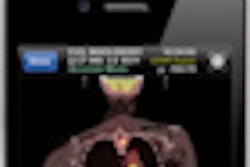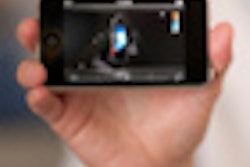Tuesday, November 29 | 11:00 a.m.-11:10 a.m. | SSG07-04 | Room S402AB
This research from the Regenstrief Institute in Indianapolis documents the number of unnecessary repeat imaging studies that have occurred in the area.A study team examined Regenstrief's large regional health information exchange, which includes records of imaging studies performed at various regional hospitals. Information is linked to patients, allowing them to be tracked even as they may move from one hospital to another, said presenter Dr. Matthew Stephens. Stephens was an informatics fellow at the Regenstrief Institute when the study was performed last year, and he is now a first-year resident at the University of Louisville.
Data analysis showed that one in 10 radiology studies will have the same exact study already performed at another hospital that a radiologist may not be able to access.
The researchers also looked specifically at CT scans to predict the number of unnecessary studies based on patients transferred to another hospital system within a course of six days.
"We believe these patients primarily represent trauma patients, and a lot of work has started looking at policy changes to try to prevent repeated imaging as patients are transferred from a smaller hospital to major trauma centers," he said.
The average repeat CT rate in patients who did not transfer to another hospital system was around 12%, but it increased to 23% in patients who had evidence of transfer within six days of having a CT scan, Stephens said. These rates evened out after about 57 days, and the rate of a repeat study ended up being slightly higher in patients who do not have evidence of transfer after 60 days.
"The two key implications in this study are that there are a lot of imaging studies that a radiologist does not have access to that may impact their interpretation, and most increased imaging utilization in [transfer] patients appears to occur in patients with evidence of a short transfer time," Stephens said.
Therefore, information exchange of imaging data could decrease utilization and improve access to comparison films, ultimately leading to improved diagnosis and patient care, according to the researchers.




















